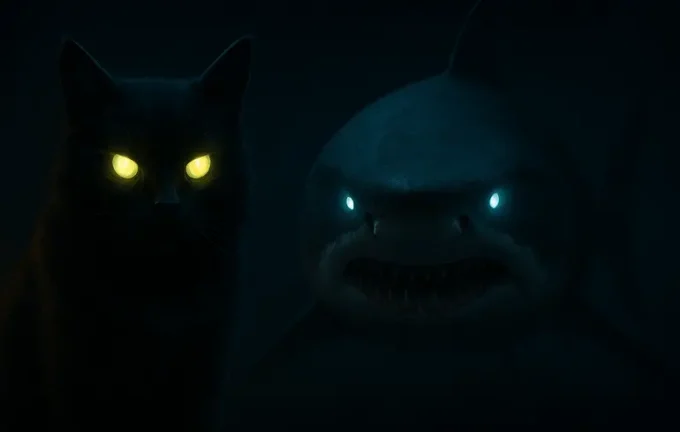Why Cats’ and Sharks’ Eyes Glow in the Dark: A Scientific Look at an Amazing Adaptation

Many of us wonder why the eyes of cats and sharks glow so brightly in darkness. This fascinating phenomenon is caused by a specific evolutionary adaptation that allows these animals to see better under low-light conditions. At the core of this ability is a special layer known as tapetum lucidum, situated right behind the retina. This layer acts like a natural mirror, reflecting light back onto the photoreceptor cells and thereby enhancing the eye's ability to detect faint illumination. This is why the eyes of sharks, cats, and other animals appear to shine in the dark. The phenomenon has deep evolutionary roots and occurs across a wide range of species — from marine creatures to mammals. Scientists refer to this as convergent evolution, as different species from diverse habitats developed similar solutions for nocturnal survival. For example, in white sharks, the tapetum consists of guanine crystals, assisting them in hunting in darkness and at dusk when prey is less alert. In cats and other mammals, this layer is built from riboflavin and zinc — nutrients obtained through their diet. It is important to note that the ability to see in darkness also has drawbacks. During bright daylight, cats' vision deteriorates, and they have difficulty distinguishing objects that are close to them, thus relying more on smell and touch for navigation. Additionally, an intriguing aspect of human influence involves selective breeding: studies show that the skulls of cats and dogs are becoming increasingly similar, often resembling human infants — a result of convergent evolution driven by human preferences. Unfortunately, such selective breeding can also lead to severe genetic disorders and health issues in ornamental breeds, reflecting both the marvels and the perils of artificial selection.

